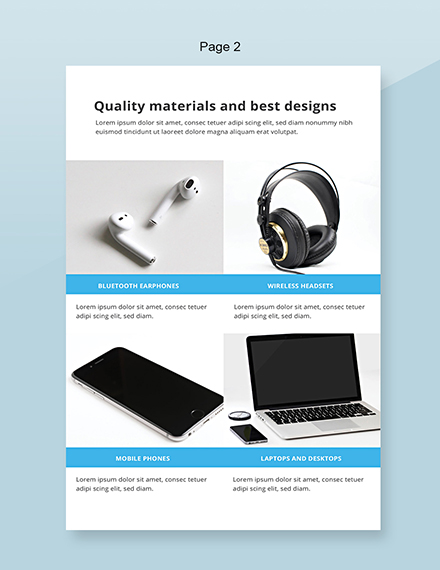

Then, as before, we click on Table in the Toolbar at the top of our window. This allows for much more precision than the Create Table option.īefore we can use the Insert Table option, we need a frame that the table can be inserted into. The Insert Table option is used to place a new table into a pre-existing text frame. Notice how the table takes up the length of the document? What if we want our Table limited to a specific part of your document? This is our second option. Additional Table Styles is something that would have to be created. By default, there is only one Table Style.

Tables are one of the many available panels in Adobe InDesign.įor more on tables in InDesign we cover them during our InDesign training courses. This guide will show you how to create and edit tables in a number of ways both in the body of your document and in the header / footer.

Those of us who are involved in printing or in publishing need to know how to create and manage tables in InDesign. We are all familiar with Tables from common applications such as Microsoft Word or Excel.


 0 kommentar(er)
0 kommentar(er)
